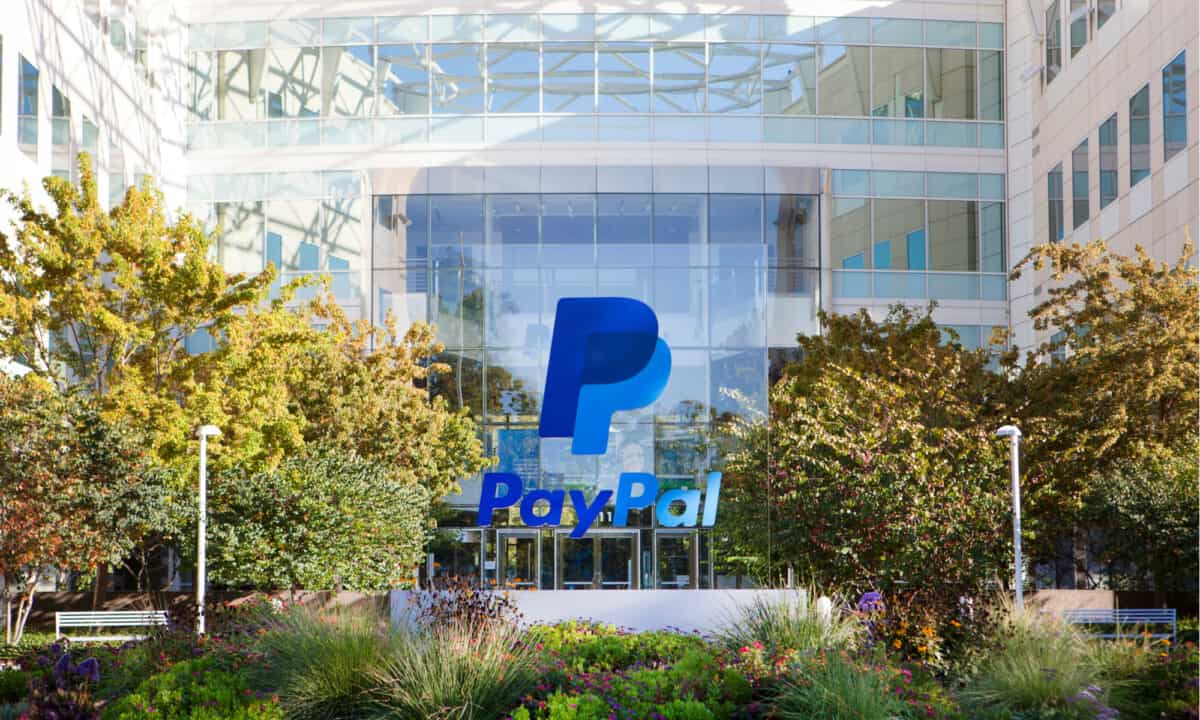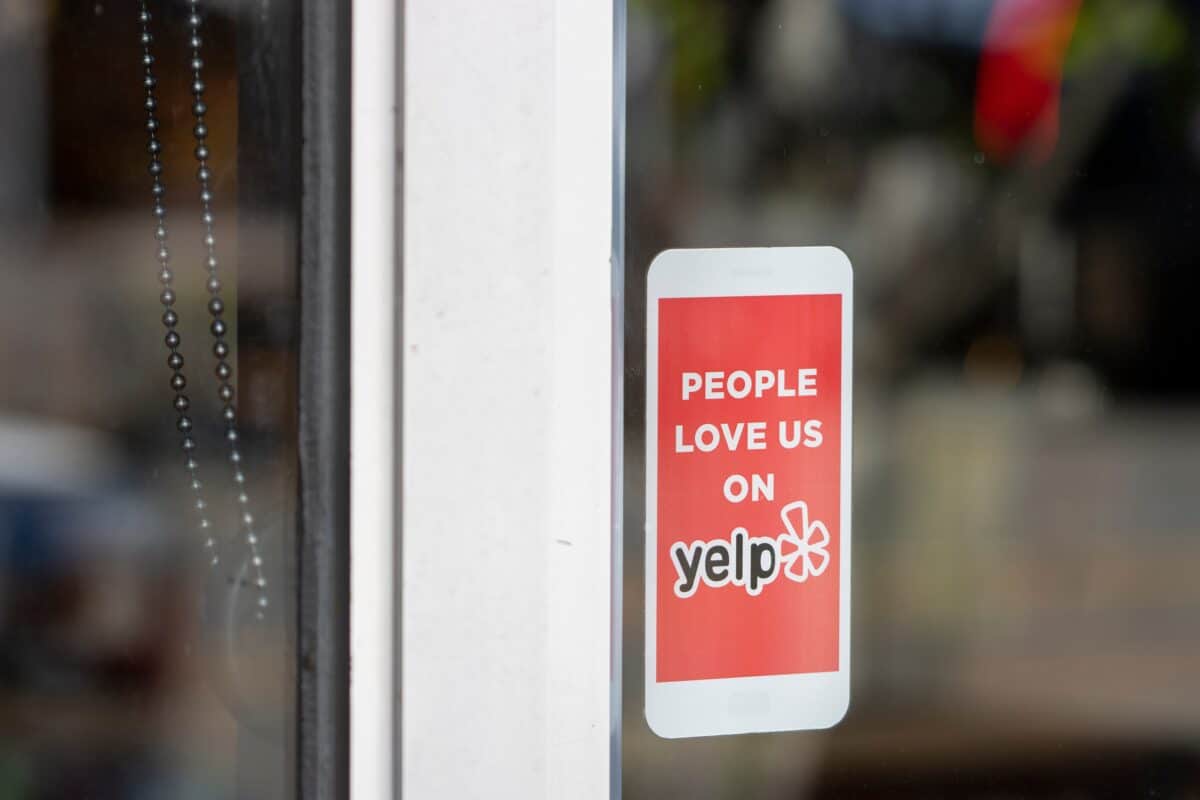Yelp has been accused of extorting businesses in the past. Its growth and decline trajectory is raising eyebrows. Could there be truth behind all the accusations pointing toward this once-glorified business review site?
Our experts continue to dig deeper into some of the said ‘shady’ practices that might have contributed to Yelp’s downfall. Perhaps the actions of this giant review company are justifiable. Buckle up and prepare yourself for interesting stories that could provide insight into why Yelp is facing backlash from business owners.
Quick Facts
- Year Founded
- 2004
- Founders
- Jeremy Stoppelman and Russel Simmons
- Industry
- Local search
- Headquarter
- San Francisco, California
- Key People
- Jeremy Stoppelman, Jed Nachman, David Schwarzbach
- Notable Products
- Online Advertising
- Website
- https://www.yelp.com/
Yelp Overview: What to Know
Yelp is an American-based company known for helping thousands of customers make decisions on where to buy or whom to do business with. This is made easier through its crowd-sourced reviews, published on the Yelp mobile App or the company’s website. It’s also credited with operating one of the top online restaurant reservation systems.
Thanks to its aggregator business model, users can find and learn more about the businesses within their specific community at the touch of a button. They can also narrow their search to their preferences using the filter feature.
Yelp relies on user-created content, which can be assessed through its website, and iOS or Android apps. It enjoyed rapid success in its early days before Google, Facebook and Instagram encroached on its business space. It was among the top online business review sites.
The Founding of Yelp: How It Happened

Former PayPal employees Jeremy Stoppelman and Russel Simmons traveled to San Francisco during the summer of 2004 for a job assignment in MRL Ventures, a business incubator. Then Jeremy caught the flu. Like any other tech-savvy person, he logged into his device hoping to find online recommendations for a good doctor. Unfortunately, he couldn’t find any helpful reviews.
That jump-started his creativity, and he thought of bridging that gap by providing a viable solution; an idea that Russel welcomed. They shared the concept with their boss, MRL founder Max Levchin, who didn’t hesitate to invest $1 million to help get the local review project rolling. David Galbraith (MRL co-founder) helped Stoppleman and Simmons figure out the company’s name – Yelp. He also assisted them in setting up the business at its earliest stage.
The Development Phase
Unlike the MRL founders who gave the formal PayPal engineers’ idea the benefit of the doubt, many venture capital investors considered it a flop. This prompted them to redesign the site towards the end of 2005, attracting more funding. By November 2006, the site had raised $15 million in funding, with Bessemer ventures investing $5 million and Benchmark Capital $10 million.
The company’s popularity began to soar as many critics continued to use the Yelp site. Between 2005 and 2006, the number of reviewers grew exponentially. Yelp recorded one million monthly visitors by the third quarter of 2006, growing to seven million a year later.
The remarkable growth saw Yelp obtain more funding opportunities. By 2010, the company had raised a total of $115 million; $ 15 million from DAG ventures and $100 million from Elevation Partners. The funding went a long way in improving Yelp’s capacity, increasing its monthly visitors to 16.5 million by 2008 and expanding its reach to 24 cities.
Five years after its formation, the platform had accumulated 4.5 million reviews. The idea of purchasing outdated business location data was, after all, not a waste of funds but rather a growth strategy. Though it didn’t make sense then, the data helped Jeremy and Russel jumpstart the Yelp site. Their goal to help businesses grow by creating a feedback platform that would trigger action-based competition was becoming a reality. Yelp’s impressive growth caught the attention of other tech companies.
Purchase Deals
In 2009, Google offered to purchase Yelp for $550 million. But they didn’t agree on the deal. Yahoo came in with a better offer of $1 billion, but Yelp still turned them down. Both Yahoo and Google went on to launch their independent review websites.
Yelp continued to scale up. Launching its first non-English site in 2010 in France – and expanding to regions such as the Netherlands, Australia, Spain, and Germany – accelerated Yelp’s growth. By 2014, this online business review website had gone international. Still, the management wanted to further its growth. The company went public in 2012, raising substantial funds and acquiring several companies. It took over both the European and other international markets.
Scaling Back
Since its formation, Yelp has made a profit only once, in the second quarter of 2014. The inability to generate revenue forced the company to phase out its expansion plans and shut down some of its international operations. Its sales declined further during the Covid-19 pandemic, causing the company to lay off 1,000 staff and reduce top managers’ salaries by 20-30%.
It also listed office space for lease at its headquarters in San Francisco. In 2021, Yelp moved to a smaller workspace. However, it plans to shut down all its offices and adopt remote working.
The Downfall of Yelp
Regardless of its increasing global presence, Yelp was far from making a profit. Driving enough traffic to the website proved difficult. Other upcoming companies like Google took over the online review market, throwing Yelp off its own game. Where did Yelp go wrong?
Failed to Keep Up
Yelp might have been a disruptive innovator, but was not proactive enough to keep abreast of its customers’ needs and competition. More competitors started tapping into the local review business, which was Yelp’s main bread and butter. When the need to act fast arose, Yelp proved too slow, losing some of its loyal customers to its competitors. Its platform usage continued to decline and couldn’t generate enough revenue.
Too Slow to Diversify
Yelp continued to hold on to its original idea instead of diversifying its products. That would have helped increase its sales volumes, translating to more revenue.
Yelp’s Biggest Battles
Despite its internal operational issues, Yelp’s external environment has been a rocky road. There have been numerous criticisms surfacing, such as;
#1: The Filtering of Reviews

Businesses have accused Yelp of filtering reviews. However, the company responds to this allegation by explaining that its program works to remove biased reviews. It further admits that the filter may end up removing genuine reviews. After all, this is a common issue experienced on other review sites like TripAdvisor.com.
#2: Not Acting in Favor of the Business Owner
Some businesses have accused Yelp of not taking down Yelper’s negative reviews. The company has defended its stance, stating that it does not take sites. Therefore, Yelpers are free to voice any opinion about a service or product.
#3: Extorting Businesses
Yelp is an advertising powerhouse. However, some businesses have accused it of using this position to extort its customers. The court of law dismissed claims against extortion, saying that no law exempts anyone from being extorted.
Antitrust: Google Competition vs. Yelp’s Failure?
Yelp accused Google of using its monopoly power to manipulate search results, hurting other businesses. Yelp presented strong evidence against its claims, prompting the European Union to serve Google with a $2.7 billion antitrust fine.
Is Yelp Dead?
Yelp is still in the market today, despite all the accusations and other challenges impacting its bottom line. It has lost its 5-star rating, but some loyal customers genuinely appreciate it. Perhaps it’s time for Yelp to refocus on building a solid brand instead of taking on a defensive stance.
Up Next
- The Real Reason Atari Failed Spectacularly: Founded in 1972, with a minute sum of cash, Atari soon became worth billions. However, adverse events in the sector would lead to its decline. This is the story of the outfit considered to be the first true pioneer in the gaming industry.
- The 5 Real Reasons Polaroid Failed: It reached its peak in the 1990s only to file for bankruptcy by the turn of the century. Find out how it all came to be.
- The 5 Real Reasons Netscape Failed: It once ruled the internet and by 1996 claimed 90% of the web browser market. By 2002, that figure had plummeted. This is the tale of Netscape.
The image featured at the top of this post is ©FellowNeko/Shutterstock.com.
